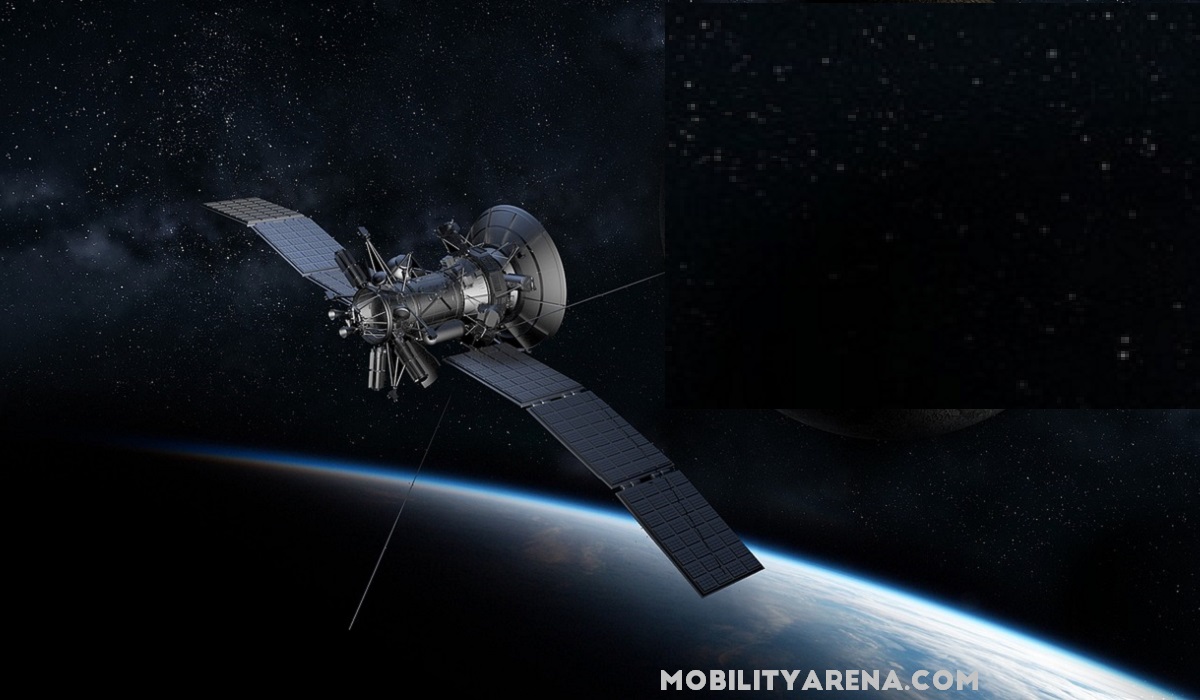Perhaps the most exciting news to come out of CES 2023 is the announcement of Snapdragon Satellite, the world’s first satellite-based solution supporting two-way messaging in remote, rural, and offshore locations where there is no cell phone coverage. And it isn’t restricted to emergency use only. You can text and message like you normally do within your telecom operator’s coverage.
Qualcomm has just raised the bar for satellite messaging to launch a satellite messaging service that is way better than the basic satellite connectivity that Apple announced for iPhones in September 2022. How is it better? Snapdragon Satellite for Android delivers two-way messaging, not for emergency use only, but also for regular SMS and other forms of messaging for recreational or even business use when your Android phone is outside the coverage of traditional land-based networks. Apple’s solution is limited to emergency use only.

Qualcomm’s Snapdragon Satellite is made possible via the Snapdragon 8 Gen 2 Mobile Platform, so for now, only Android phones using that platform will have the service. It is expected that this new technology will eventually filter down to mid-range and entry-level Android phones powered by Qualcomm.
How Snapdragon Satellite for Android works
The Snapdragon 8 Gen 2 chip in your supported phone lets you connect to any available Iridium low orbit satellites. Iridium has a global network of 66 satellites delivering global voice and data communication from hand-held satellite phones and other transceiver units. Qualcomm’s Snapdragon 8 Gen 2 now enables premium Android phones to connect to those satellites for SMS texting, and other messaging applications.
What of emergency messaging? Snapdragon Satellite for Android covers that too. In partnership with Garmin, you will also be able to send SOS messages in an emergency via the Iridium satellite link.
In summary, if you own a smartphone that is powered by Snapdragon 8 Gen 2, you will be able to continue messaging your loved ones even if you are sailing the oceans or on a safari in the middle of the Savannah or a in a desert far from telecom towers. This is a superior service to what Apple announced in 2022, as the iPhone 14’s satellite connectivity is for SOS use only.
In August 2022, T-Mobile announced satellite phone service in partnership with SpaceX. A month later, Apple announced emergency satellite messaging for the iPhone 14 series in partnership with Globalstar, and Huawei announced a similar satellite emergency messaging service in partnership with BeiDou. The battle for mobile phone supremacy has been taken to the frontiers of space technology.
Snapdragon 8 Gen 2 is a premium flagship chip, so only the most expensive and most capable Android phones will have this feature for now, but it will trickle down to more affordable Android phones eventually, so more mobile subscribers can enjoy it. As at the time of this article, there are only 10 phones with Snapdragon 8 Gen 2 in existence. They include:
- Motorola Moto X40
- Xiaomi Redmi K60 Pro
- Xiaomi 13 Pro
- Xiaomi 13
- vivo X90 Pro+
- vivo iQOO 11 Pro
- vivo iQOO 11
- ZTE nubia Red Magic 8 Pro+
- ZTE nubia Red Magic 8 Pro
- ZTE nubia Z50
More phones are expected to join the ranks of the above devices in the coming months. The Samsung Galaxy S23 series will likely feature this new technology. It is also expected that MediaTek will announce a similar satellite messaging solution in the not-too-distant future. Until these developments happen, the question is, What Snapdragon 8 Gen 2 smartphone are you buying to enjoy Qualcomm’s Snapdragon Satellite messaging service?
References
- Qualcomm Introduces Snapdragon Satellite: source.